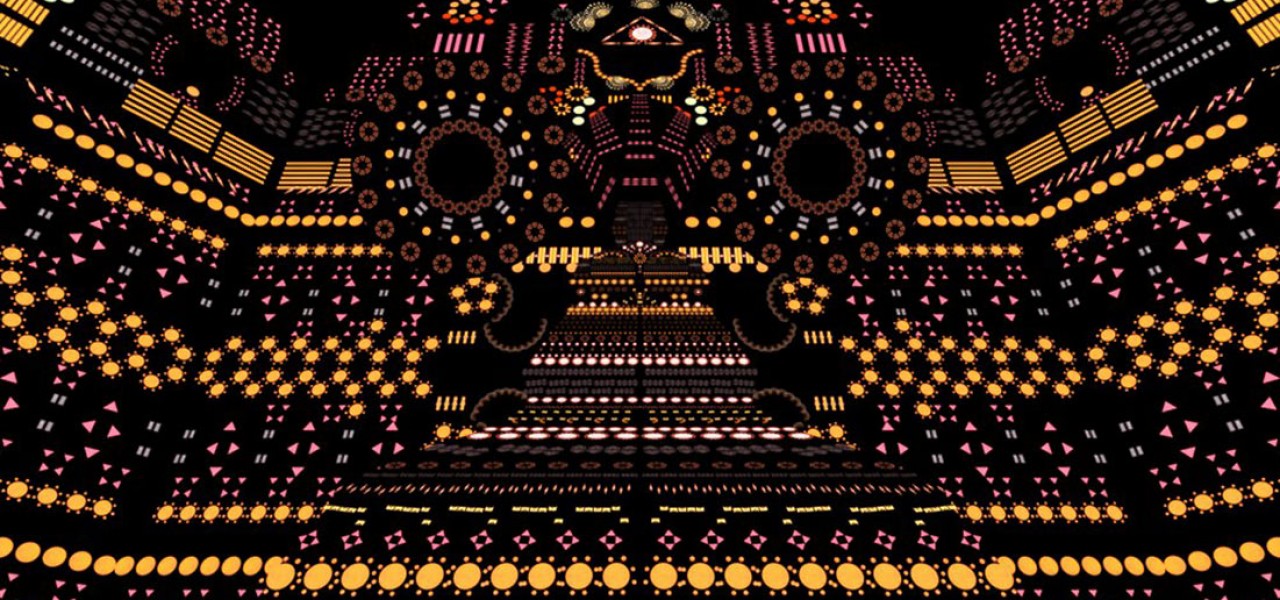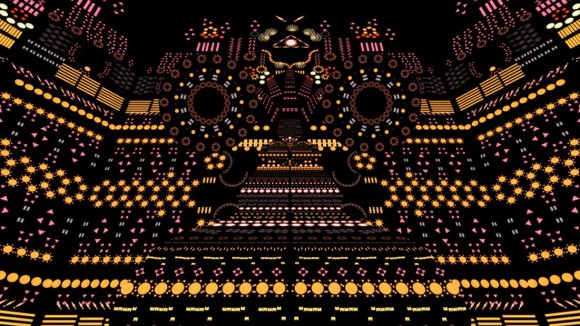

DJ Bassnectar Sued By Animator Max Hattler Over Alleged Copyright Infringement
Acclaimed independent animator and experimental filmmaker Max Hattler, currently a professor of new media at the City University of Hong Kong, has filed a lawsuit in federal court in Los Angeles against electronic music artist Lorin Ashton (also known as Bassnectar), alleging copyright infringement.

The suit arises from Bassnectar’s unauthorized use of clips of Hattler’s films, including 1923 aka Heaven and Sync, a story that Cartoon Brew first reported in April.
According to the suit, Ashton included material from Hattler’s works in his elaborate stage shows to accompany and enhance his musical performance. When Ashton sought permission to include Hattler’s films in his stage show, Hattler declined—but Ashton used the pieces anyway, never paid Hattler, and issued an apology only after Hattler called him out on his personal Facebook page, which Cartoon Brew publicized in a widely distributed story.
Notably, in addition to the unauthorized use of Hattler’s work, the suit alleges that by editing Hattler’s films and altering them with filters and other effects, Ashton “intentionally defaced, mutilated, altered or destroyed” his works. This claim is potentially a violation of California law, which seeks to protect “fine art” from “alteration or destruction.”
But federal copyright law provides a specific defense against copyright infringement when an infringing work “transforms” the earlier copyrighted work. Hattler’s attorney, Scott Alan Burroughs of the Los Angeles-based law firm Doniger/Burroughs explained to Cartoon Brew that California’s law is based on the concept of “moral rights,” a legal concept found frequently in European bodies of law.

Moreover, federal law reserves to the artist the right to make “derivative works” – that is, works that use an original work as a starting point to create more art. For example, trivia books based on the TV series Seinfeld and published by an outside party were found to be “derivative” of the TV series and thus infringed on the right of the copyright holder. The federal court in that case found that the transformative use had been negligible.
California’s protections against alteration or destruction do not seem to allow for transformative use of a work. This apparent conflict between federal and state law has rarely been tested in court, and Hattler’s case could be groundbreaking in the way the federal court addresses the issue. Does Ashton’s use of Hattler’s work rise to “transformative use,” that is, does Ashton’s use create a new work of original art that escapes liability for copyright infringement? If so, does Hattler’s “moral rights” under California law provide him with a means to protect his work?
Further complicating the matter, California defines “fine art” as “an original painting, sculpture, or drawing, or an original work of art in glass, of recognized quality.” Hattler, however, works in new media, utilizing motion pictures, digital media and similar canvasses for artistic expression. His lawyer Burroughs told Cartoon Brew that such media are “now recognized just as much as analogue media,” and argues that therefore the law “should be interpreted to encompass digital drawings and paintings.”
Finally, Hattler’s suit alleges that Ashton removed digital management information from copies of Hattler’s films, in violation of the Digital Management Copyright Act.
Hattler seeks an injunction against further infringement by Ashton and monetary damages.
Ashton’s legal response has yet to be filed. In a Facebook posting on April 17, Ashton said he had reached out to Hattler to “to make it right by him.” He blamed the situation on a “huge misunderstanding” due to having a large crew and not knowing what was happening, which runs directly counter to earlier interviews in which Ashton has claimed to personally collect the content and oversee the video editing “down to the microframe.”
Hattler remains quite busy, even while embarking on this lawsuit. He recently completed a new project, entitled Five, created in collaboration with 36 of his students, which is described as a visualization of Gustav Mahler’s Symphony No. 5. Five just finished its premiere exhibition at K11 Art Mall in Hong Kong, and was presented at the Society for Animation Studies conference in Singapore. His 2015 work, All Rot, was recently awarded best abstract film at Third Culture Film Festival in Hong Kong and screened in competition earlier this month at Animafest Zagreb.
Here is a recent trailer Hattler made for the 2016 edition of the Stuttgarter Filmwinter Festival for Expanded Media in Germany:

.png)